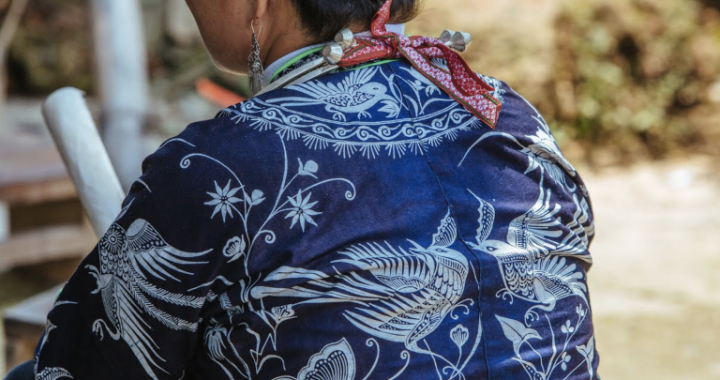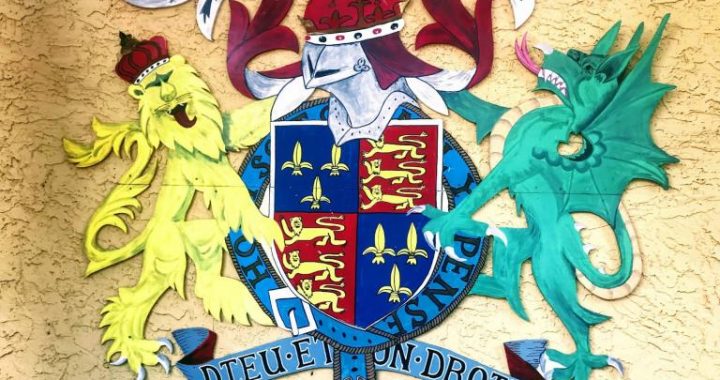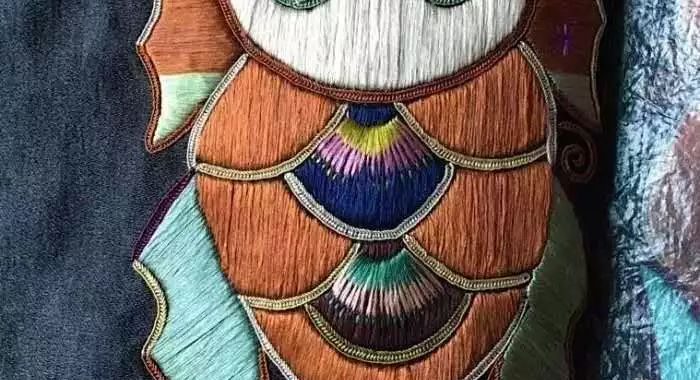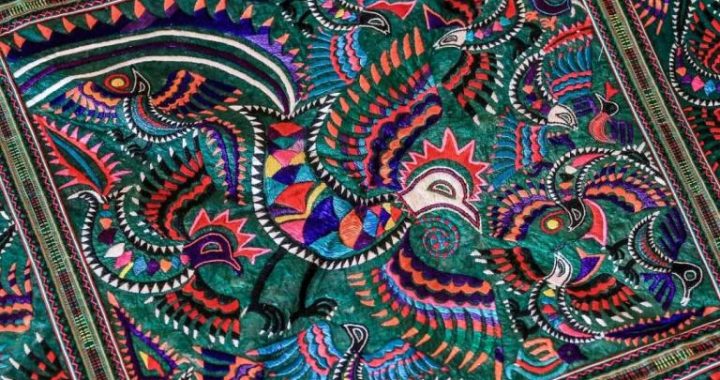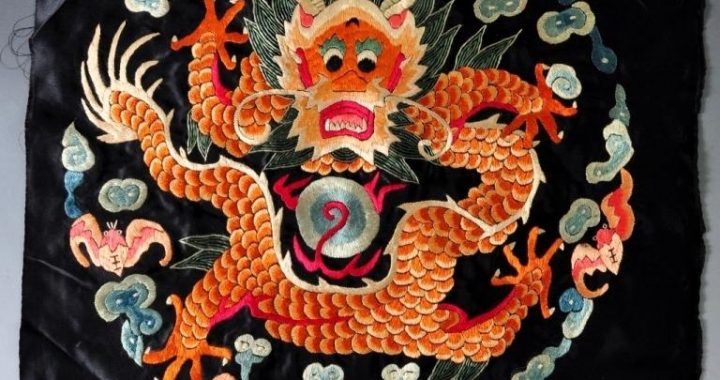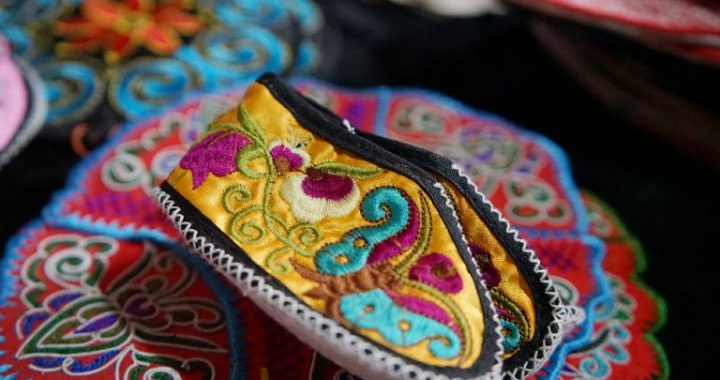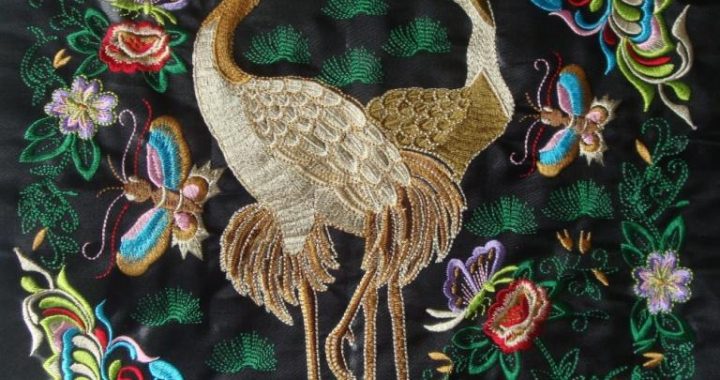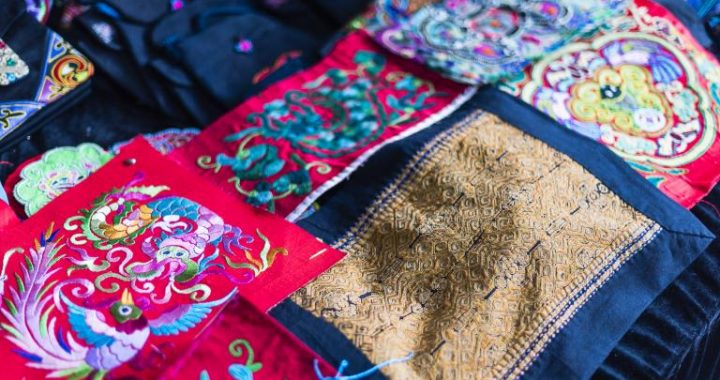Fashionable Dress of the Song Dynasty
3 min readAccording to the records in Chinese historical documents, the dress style of the Song dynasty experienced a process of simple-luxurious-simple-luxurious. In the Song dynasty, there were numerous popular dress styles, some of which followed the tradition and meanwhile integrated with many new fashionable elements. These dresses were more beautiful and exquisite without losing the original taste and decency of traditional Chinese dress. At that time,a new series of dresses represented by xuan’ ao (a knee-length jacket with buttons down the front and slits in the front, back, left and right sides) became popular in many cities, small and big.
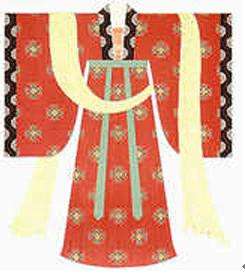
0ther popular dresses came about by the integrating the traditional styles with the minorities’ dresses. In the Song dynasty, the Han nationality in Central Plains communicated more frequently with other minorities. In this case, the minorities’ dress culture exerted influence on the Chinese traditional dress style. In the Song dynasty, the dress merged with the styles of several minorities became more popular, which, to a large extent, promoted the mix of different dress cultures.
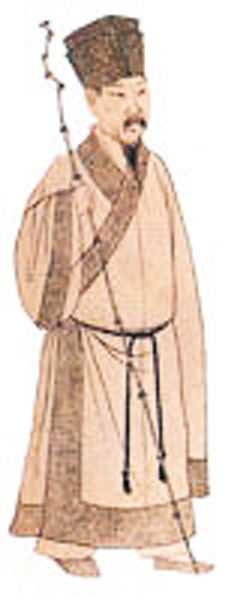
The rise and fall of the dress in the Song dynasty was closely connected with fashion at that time. The famous picture Upper River During the Qing Ming Festival, painted by the famous Chinese ancient artist Zhang Zeduan, reflects the flourishing scene of Kaifeng, the capital of the Northern Song dynasty. From the picture, we may see that the upper class mostly wore neat gowns which were long enough to cover the feet, while the commons rolled up the sleeves with the bosom uncovered.
The work of Three Rituals was designated as the original version of the dress system in the court. As for the dresses of the common people, on the basis of the self-sufficiency, they applied the embroidery, handmade printing and dyeing techniques to beautify their life necessities. Therefore, simple and bright dresses of the blue calico (blue cloth with designs in white) and dresses designed with the folk embroidery became the main patterns among the Chinese folk dresses.
The women’s wear of the Song dynasty was quite different from the dress of the Tang dynasty. People put more attention to show the figure in the cutting and sewing of the dress. The new dress style that merged with the advantages of both the Han nationality’s dress and minorities’ dress, such as the jacket with buttons on the right, the Hu dress, and so on, was novel, fashionable, elegant, and in good taste, thus became quite popular. Except for the official dresses, the commons also began to wear dresses with more complex decorations and colors. At that time, the court’s restriction on the dress color was gradually relaxed. Though not as gaudery and noble as that in the Tang dynasty, the dress for women of big families had already broken through the tradition of taking the green, blue, red, black as the main hue since the Tang dynasty, which is also regarded as a big progress in the dress of the Song dynasty. Some more exquisite materials, such as silk printed with flower patterns and silk knitted with golden thread, were used for the making of dresses and hats. Moreover, most of the flower patterns in this period were not symmetry drawings like that in the Tang dynasty, instead, the plucked branches and flowers became a fashion.
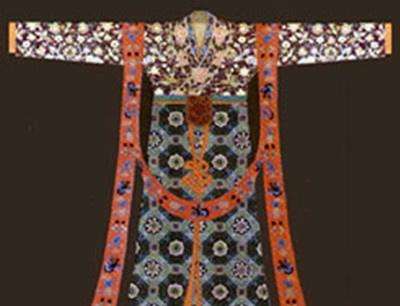
The practice of foot-binding for women appeared in the Five Dynasties, but inthe beginning, it was only adopted by the court dancers for convenience while dancing. Since people thought the foot-binding made the women’s feet look more beautiful, many females rushed to follow suit. By the Song Dynasty, due to the importance of the feudal ethical thoughts and the influence of the feudal malesuperiority conception, the practice of foot-binding was inherited and became a custom. In the Song dynasty, to meet the needs of women’s small feet,a kind of specially designed shoes gongxie (shoes with upturned end worn by women with binding feet) was made.
